Mobile App Builder’s Guide to Apple 4.2.6 Guidelines
Every savvy app developer watches the Apple Guidelines like a hawk.
For those whose livelihoods depend on app development, a simple change to the rules can make or break one’s career in getting apps approved.
But what if you’re not a professional app developer? What if this is just something you’ve dabbled in to give your business an edge?
What do you need to know about the rumors behind Apple’s 4.2.6 Guideline updates?
In this article, you’ll learn everything you need to know. We’ll cover the biggest changes to the guidelines, how those changes are being interpreted, and what’s affected.
Finally, we’ll cover the exact steps you can take to ensure your app meets the highest standards set forth by the App Review team.
Let’s get started!
What Are the New Guidelines About, Anyways?
The Apple online store review guidelines have once again been updated. Like the Apple Terms Of Service, most people ignore them and don’t think twice about reading the complex text.
But if you’re an app developer, these guidelines are the Holy Grail. After all, the Apple App Store is one of the most lucrative places to bring your app to the world.
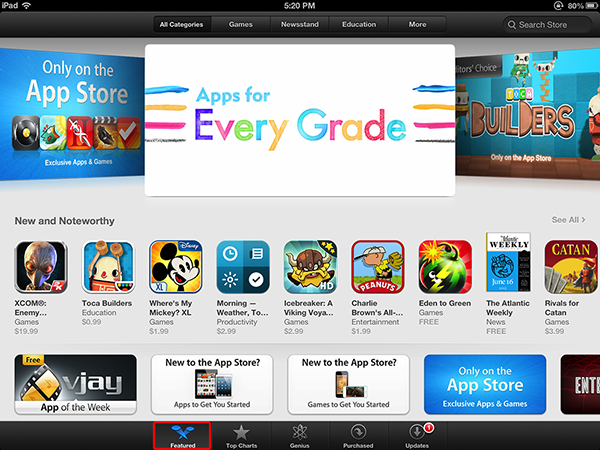
The newest development was the 4.2.6 guideline, which has been causing quite a stir. What is all the fuss about? Did it ban apps from certain regions? Heavily restrict app usage?
To understand just what all the buzz is about, it is best to actually read the new section.
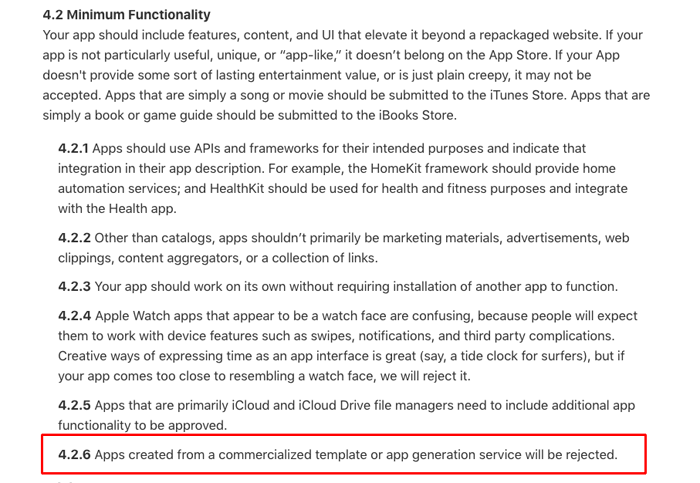
“4.2.6 Apps created from a commercialized template or app generation service will be rejected.”
So, what does this new development mean? Well, to start, it is best to understand what commercialized templates and app generation services are.
Commercialized templates are just what their names imply. They are templates that are available to anyone from the general public who will pay for them.
Just like how WordPress has blog themes that are available to everyone and used by millions of different people, templates are also commercialized and used by app developers.
App Generation services are in a similar boat: they mass-generate apps for anyone who pays for them. While they are quite popular for those looking to churn out an app and submit to the App Store, they are now automatically rejected thanks to the new update by the tech giant.
The Trends Apple Is Attacking with the New Guidelines
What would cause Apple to make such a drastic decision? The truth is that this decision is hardly a drastic one. It has actually been a long time coming and for the following reasons.
The Growing Problem of Cloned Apps
As mentioned earlier, there has been a ban on apps that are made from commercialized templates and from app generation services.
The reason for the meteoric success of templates is understandable. There is nothing inherently wrong with having someone else make an app for you.
The problem lies in the fact that the material is made available to everyone and is mass produced.
Once a certain commercialized app template is made available to the public, hundreds of people might pay for the template.
This means the App Store is now full of a hundred or so apps with the exact same premise and mechanics, as happened with Flappy Bird back in 2014.
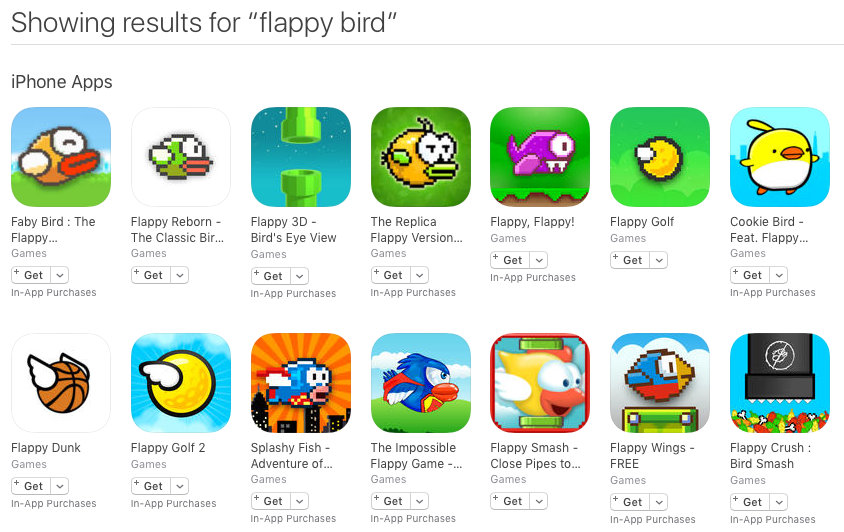
Now go a step further and imagine the hundred apps being submitted to the App Store. That in itself would be frustrating for the app reviewers.
That aside, if all hundred were to be approved, people would be bombarded by a myriad of apps that all looked alike and had similar functionality.
Everyone who has spent some time on the App Store might note that they have seen a number of apps that all felt like they were the same, or at least look too eerily similar.
These apps might be released by different developers or under a different name, but they do nothing but frustrate and confuse all involved.
Racing to the Bottom with Poor Quality Apps
There is a belief that things that are mass-produced are of less quality than those that are custom-made. This belief often turns out to hold true and is particularly evident in app development.
Commercialized templates and app generation services sell themselves on making apps for everyone. Unfortunately, this is done a little too literally.
App designs and templates in this system tend to be rushed and pumped out like no tomorrow to satisfy the demand.
Most app developers are aware that making a good app takes time, patience and attention to detail. Those who thoughtlessly pump out the same template to be used by all and sundry don’t do much of that and those who purchase them aren’t big on patience.
This leads to a flood of poorly-made apps with designs that are hardly unique, much less groundbreaking, glitches that would drive any user insane and an overall clumsy patchwork that is of no use to anyone.
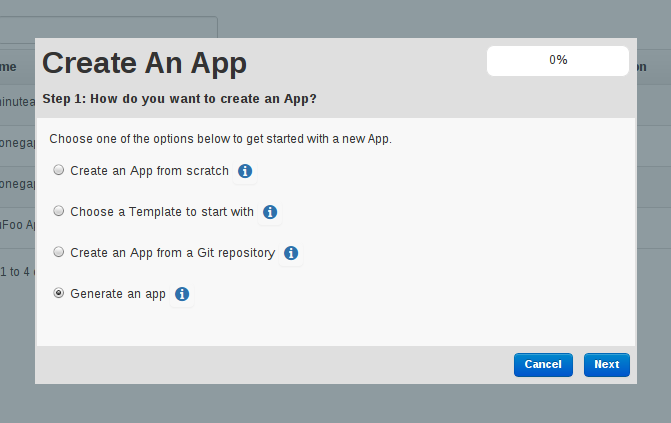
The Apple store is enforcing this crackdown mostly to tighten the quality filter around the App Store. These quick, mass-produced apps are of little benefit to the users and thus, need to be kept out of the App Store altogether.
Everyone who has used the App Store has at one point or the other downloaded an app that was of less-than-stellar quality and deleted it soon after.
Not-so-great apps are an unfortunate part of downloading from an App Store. Poor quality apps, however, are not meant to be a part of the experience and thus created a need for the new guideline.
Proliferating Spam Apps
Have you ever seen an app on the appstore in several places with several versions under several names? Most people have.
When most people search on the App Store for a particular app, they will likely encounter a single app that fits their needs perfectly. The might also encounter dozens of what is essentially the same app.
At times, the resemblance is uncanny. They might have the same layout, design, and features and the only noticeable difference is the name.
When an app developer develops an app, he or she is expected to do his research and make sure that the app he wants to offer is unique to the App Store and there aren’t already dozens of the same thing available.
If an app developer goes to an app generator, it is less likely that he has done much research and it is more likely that dozens of people have ordered the same thing from the generator.
What’s worse, there is a possibility that the app was ordered in the same template. This means that the app developer in question is creating an exact clone of several people’s apps, from concept to the template.
This leads to a flood of annoying spam apps that crowd the App Store and do no good in the long term.
These are often apps that offer dubious (or even downright dangerous) services, sometimes charging a hefty subscription fee in order to turn a quick profit.

Users have actually complained about the prevalence of spam apps and the new guidelines are really just Apple listening to their user’s complaints.
What Types of Apps are Affected?
Clearly, this new guideline won’t affect every app, but it is important as a developer to be completely sure of what apps will be rejected by the App Store.
Event apps
Event apps in themselves are quite useful. They make it easy to keep up to date with events and generally give out helpful information.
The only problem with them is that there are just too many of them on the market. A quick search for them on the App Store yields more results than anyone knows what to do with and is downright confusing.
To be honest most of them are essentially the same app, from concept to the layout. The only thing that appears to even be different is the events on the apps.
This means that there are probably dozens of apps on the App Store that are slightly different versions of each other, and as part of Apple’s plan to reduce this, event apps will likely find themselves getting rejected from the App Store.
Developers who had wanted to pitch suc h apps to the App Store will have to find either a very different variation of it or pitch something else entirely.
Church apps
Church apps have been steadily gaining popularity in the last few years and it’s no surprise: they already have a dedicated and in-built audience.
There is no shortage of them on the App Store and many individual churches have their own apps that members use to get updates on the church, interact and share information.
Sadly, church apps are another group of apps that will likely be affected by the new guidelines.
As it has been said, a lot of churches have their own apps that are used by the members. This isn’t a bad thing and is actually quite useful to its members.
The problem with this is that the apps tend to be mass produced, often from a single source. They also often work with the same template, the same features, and the same outlay. The only difference between one church’s app and others is the name of the app. Otherwise, they are essentially clones of each other.
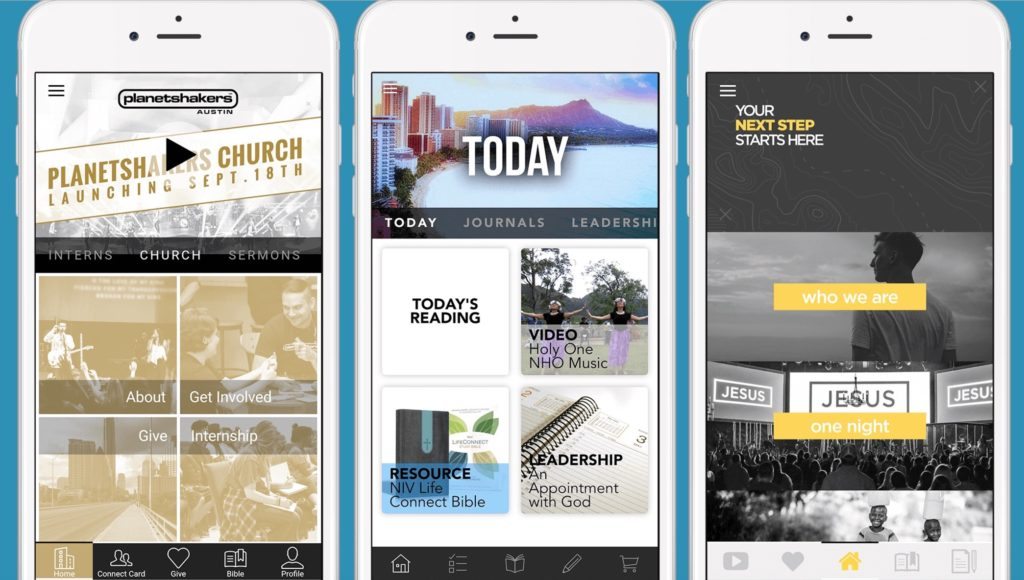
Another problem is that the use of the app is very limited. Sure, many apps are limited to certain niches or geographical areas, but these apps are often limited to the membership of a single church which Is often less than one thousand people.
Imagine every church created a ‘Facebook’ app for their church to show their images, videos, and news. Essentially a Facebook page, but in its own app. Obviously, it would make more sense to simply open a Facebook page and not create a whole app for that purpose.
What happens in real life is a slightly varied version of that. Too many church apps have been found to be populating the App Stores, and Apple to taking steps to reduce this and the new guideline is just one starting step in that process.
Apps created from similar layouts
Some layouts for apps are unique and aesthetically pleasing with unique functions.
There are also some apps that have a layout that is so overdone and common we can’t help but think we’ve seen it a million time before. This is usually because we have seen the same layout many times in the past.
These apps are more of than not churned out from the same commercialized template or app generator. Because these options are so quick and easy, little to no variation is offered in the design.
Everyone who gets an app from these sources gets a barely different version of what dozens of other people have received.
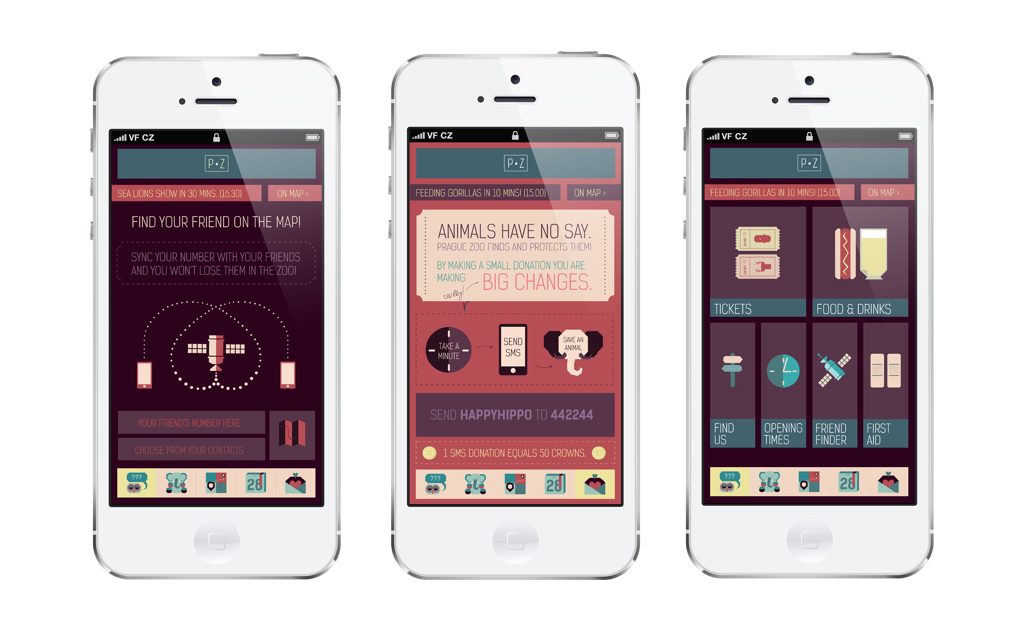
Previously, these people would have flooded the App Store with their various versions of the same app outlay.
With the new guidelines, these types of apps won’t even make it to the App Store at all.
The benefit of this is that app developers will have to actually put in the required time and effort to make apps that are actually unique rather than mass-creating the same app quickly and cheaply.
On the long run, the users, who are the ones who keep the App Store running, will benefit from the new rule as they won’t be subjected to poorly and quickly made apps that take up memory space but don’t do anything.
If an app with a similar layout already exists on the App Store, it will likely get rejected.
What to do about the new guidelines
While these new guidelines mean that there will be a stricter vetting process for getting into the App Store, it doesn’t mean that no apps are getting accepted. It just means that the process will be a bit different now. To get into the App Store, you should prepare for the following:
Spend More Time in Development
The making of a good app isn’t a rushed process.
With the advent of commercialized templates, developers didn’t have to go through the rigorous process of creating a new one from scratch.
On paper it seemed like a good idea: almost anyone could get a template for an affordable price.
Sadly, this has led to a plethora of duplicate apps with little value.
Creating a worthwhile app will require patiently creating a new and original template, customizing a layout and equipping the app with unique and exciting features.
This process will inevitably take time. In the quick, fast nature of the internet today, everything is being given in an instant.
Blogs are started at the push of a button, the news is broken in less than 140 characters and trends are created in seconds.
Unfortunately, the process of making an app isn’t one that is supposed to take place in an instant. Not a good one, anyway.
If you want to make an app that will get approved for the App Store, you will have to settle down and make (or have one made) that is unique and this process will inevitably take time.
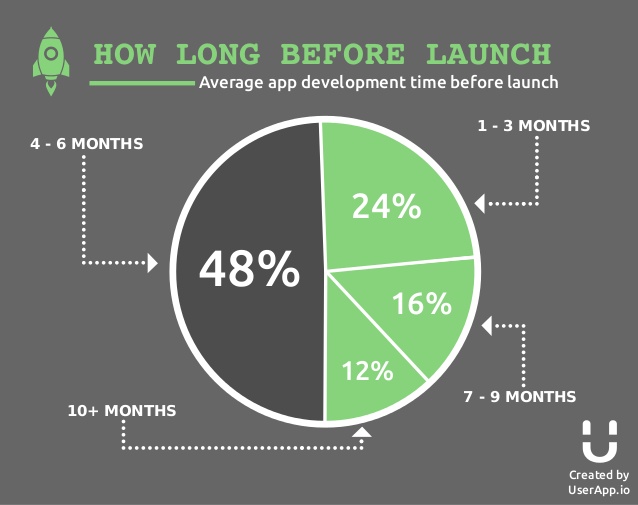
Many developers would be frustrated by the prospect of needing to spend more time to create an app for the store, but on the long run, everyone will benefit.
The users’ benefits by not having spammy, duplicate apps on the App Store, and developers won’t have dozens of poorly made versions flooding the App Store.
Invest More Money to Create Something Truly Unique
as with time, the internet of today is designed to give everything for less.
Blogs, websites and even oblige stores are created and opened for free. These aren’t bad in themselves. However, in the case of an app, free likely doesn’t mean good.
This is because like a blog, the version you get for free or at a very low price was likely also taken by hundreds of other people and this isn’t peculiar to you in the least.
In the past, these mass-produced apps might have gotten into the App Store, but not anymore.
Users themselves are being turned off from apps that appear quickly and cheaply done.
For those who pay for apps to be made for them, this means that they would have to pay for an app that is customized in every way. From the layout to the template to features, everything has to be fresh and new.
This will inevitably require the developer to spend more money. The appeal of commercialized templates and app generators is that they are cheap and often free and many app developers have sought to take advantage of this.
Now, if they want any chance of getting on the App Store, they will have to spend a significant amount for a custom-made app.
So when setting a budget for your new app, it is important to make provision for a custom-made app and not a cheap, mass-generated one. If you plan on getting on the App Store, anyways.
Raise the Bar and Improve Your Standards
when someone gets an app off an app generator, they almost always get a low-quality one.
Sure, it performs all the functions of an app, but it is often riddled with glitches and is as basic as can be.
The problem lies in the fact that people who opt for getting apps from these sources aren’t going big on quality. They just want something put out quickly so that it can get into the App Store and make money quick.
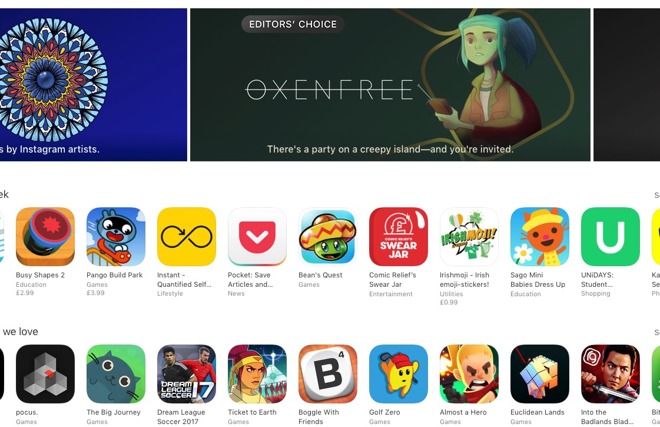
With these new guidelines, these apps won’t even make it to the store at all.
When you are making an app, you will have to aim for one that is actually of quality. This will mean more time and more effort expended.
No longer can a developer create a quick, poorly done app and expect a positive response to it.
After many complaints from App Store users, the App Store is upping its standards and not allowing any offerings that don’t meet up.
How Are app.net Apps Affected?
These new guidelines have caused quite a shakeup in the app world and have left a lot of developers feeling panicked and confused. So where does this leave app.net users? Truth be told, this new guideline doesn’t affect app.net users much for the following reasons:
The Upside of Apple’s Newer Stricter Guidelines
While the new change might seem like some drastic new development that will inconvenience app developers, it will actually bring in a world on good.
The first and most obvious is that it will ensure that low-quality apps will be prevented from making their way unto the App Store. This benefits users by ensuring that they are only exposed to the best quality apps available as opposed to dozens of spam apps.
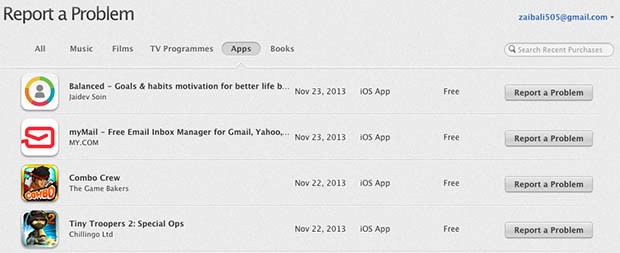
For developers, there is also a world of benefit. First of all, the new guidelines mean that their apps won’t be forced to compete with dozens of apps that have their own exact layout. This means that they are less likely to be overshadowed by the many cheaply made apps that would have otherwise found their way to the App Store.
Low Code and Custom Apps are Available
The most obvious way to avoid getting your app unceremoniously rejected from the App Store is to have your app custom-made for you with unique code and features.
Fortunately, app.net offers both low code and custom app services. When you pay for an app, you can be rest assured that no one else has the same template or layout.
That way, when you submit your app to the App Store, you are sure that your app will be judged on its merits rather than being immediately dismissed for being a clone of a template that dozens of people have already submitted.
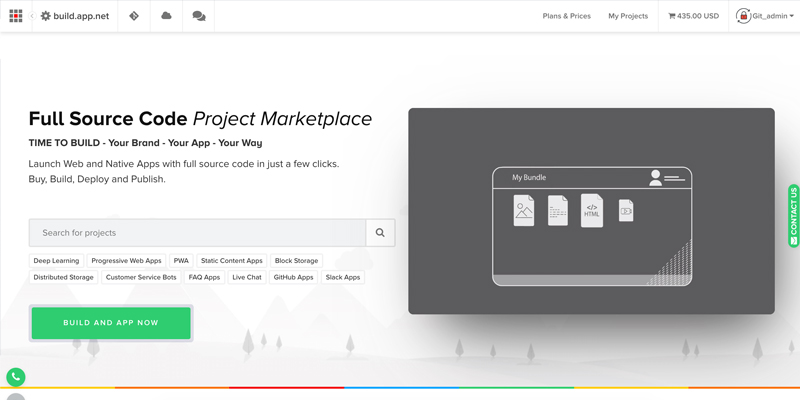
A screenshot of the app.net homeage (buildappnet.jpg)
We Make Quality and Unique Apps
As mentioned previously, the apps that will be rejected are those that are created from app generators and commercialized templates. app.net is neither of the two.
app.net specializes in creating quality apps. We aren’t in the business of quickly and clumsily creating low-quality apps. Creating well-done and useful apps is a major priority for us.
We also take care to create a unique app for every customer. When a specific template and layout is used for a customer, it is never repeated. You need not worry that the app template used for you was used for another person.
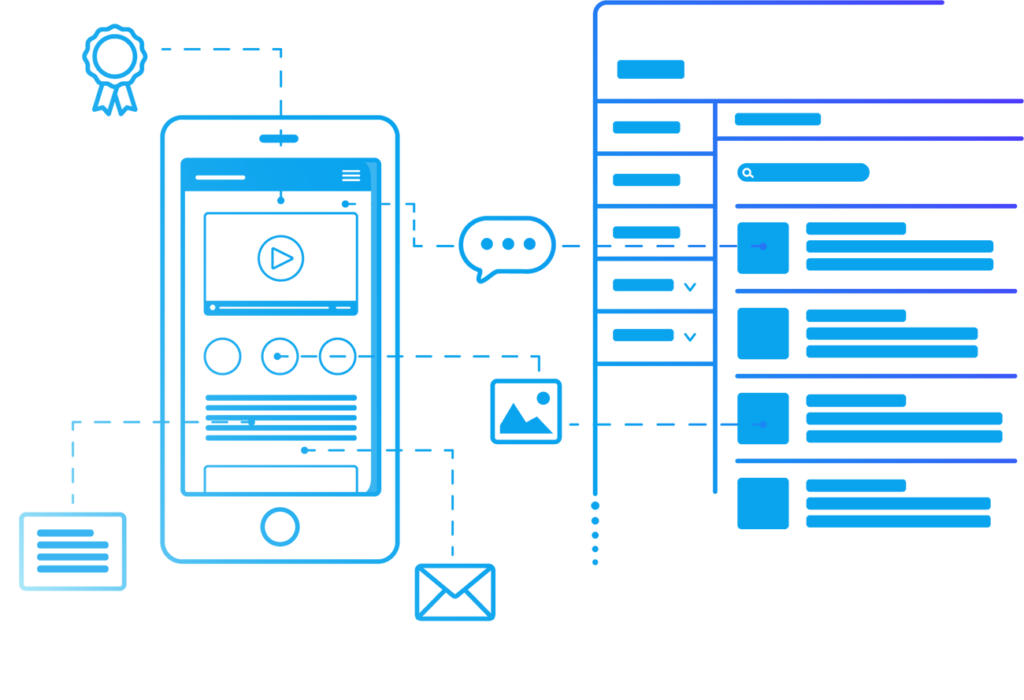
An illustration of an app layout by app.net
The Final Word on Apple’s 4.2.6 Guidelines
Now you know the general purpose and mentality behind Apple’s 4.2.6 updates.
First, the changes aren’t designed to hurt developers. Like most of Apple’s adjustments, they’re meant to improve the quality of the App Store. The primary target of the changes are cloned apps, poor quality apps, and spam apps.
These changes will be hardest felt for simple apps with basic, template-based layouts. This includes event apps and church apps, as well as game apps that copy the mechanics of other games.
Should you worry about the new guidelines? The truth is that if you’re in the business of creating an app that delivers huge value to your users, you shouldn’t need to worry too much.
Keep your standards high, and pay special attention to creating an app that doesn’t just copy something else already on the market.
If you’re using app.net, there’s no need to worry. Keep an eye out for possible conflicts with the new changes, and keep your app’s users forefront in your mind.
Create an app that makes your users shine, and you’ll stay ahead of the game.



